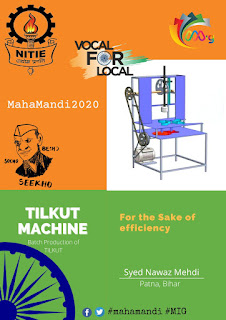Acharya Jagadish Chandra Bose was a humble scientist. Else why would he share with the world his experiments on radio waves, that finally led to the invention of the radio. Any other scientist would have gone for a patent first to prove the work was unique and done by him first. But to Jagadish Bose, knowledge was something that was to be shared among all. Unfortunately, this feeling of a humble man did not allow him to get his due worth. What we call recognition! Had he not been born in British India, where he was a victim of racial discrimination, Acharya Jagadish Bose would have probably got even the Nobel Prize.
Lord Ripon had appointed Bose as a professor of Presidency College. As a professor there, he was paid only 200 rupees, whereas his English counterparts drew a salary of 300 rupees. But not succumbing to any racial discrimination, Acharya Jagadish Chandra Bose stood up demanding equal pay. When the British refused, he went on teaching without taking any salary as a protest to the racial discrimination of the British, where Indian professors despite their educational degree and talent were paid less.
Bose was also denied entry in the laboratories, where other scientists conducted their researches and experiments. So, he had to work from a 24 sqft room on some of the greatest path-breaking researches of the world. But such discriminations could not deter Bose from being a great teacher to some of the most famous scientists of India, like Meghnad Saha and Satyendra Nath Bose. It was the grit and determination of this great teacher, that forced the British to finally give in, and pay all his dues, increase his salary and make him a permanent faculty.
Reference: https://bit.ly/33A324J







